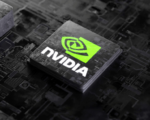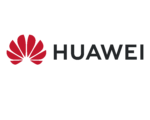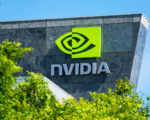Huawei has officially announced the launch of its new operating system, HarmonyOS Next, scheduled to be unveiled in China next week. The announcement came via a social media post on Tuesday, following earlier rumors that the release would take place in September. Unlike traditional operating systems that rely on Google’s Android Open Source Project (AOSP) code, HarmonyOS Next is built on Huawei’s proprietary Hongmeng kernel and system architecture. This fundamental shift means that existing Android applications running on Huawei devices will not be compatible with the new OS, marking a significant change for users transitioning to HarmonyOS Next.
The official launch event for HarmonyOS Next will take place on October 22 at 7 PM local time, as confirmed by Huawei on the Chinese social media platform Weibo. The timing of this launch is particularly interesting, as it is speculated to coincide with the release of the anticipated Huawei Nova 13 series, which has already opened for pre-reservations. This strategic alignment could amplify consumer interest in both the operating system and the new smartphone lineup.
Huawei previously previewed a developer version of HarmonyOS Next last year, showcasing design elements that reflect its predecessor, Harmony OS. Features such as app arrangements, widgets, a notification bar, and a control center appear to carry over, indicating a familiar user interface for those accustomed to Huawei’s ecosystem. The company has highlighted that HarmonyOS Next will support over 10,000 applications and services, providing a robust platform for both smartphones and other connected devices.
As Huawei prepares for this significant launch, the implications of HarmonyOS Next extend beyond just a new operating system. It represents the company’s ongoing efforts to establish a self-reliant technological ecosystem in response to geopolitical pressures and restrictions on its access to Western technology. With HarmonyOS Next, Huawei aims to solidify its position in the competitive tech landscape, offering consumers an alternative that is deeply integrated with its hardware and services while emphasizing performance and user experience.


















